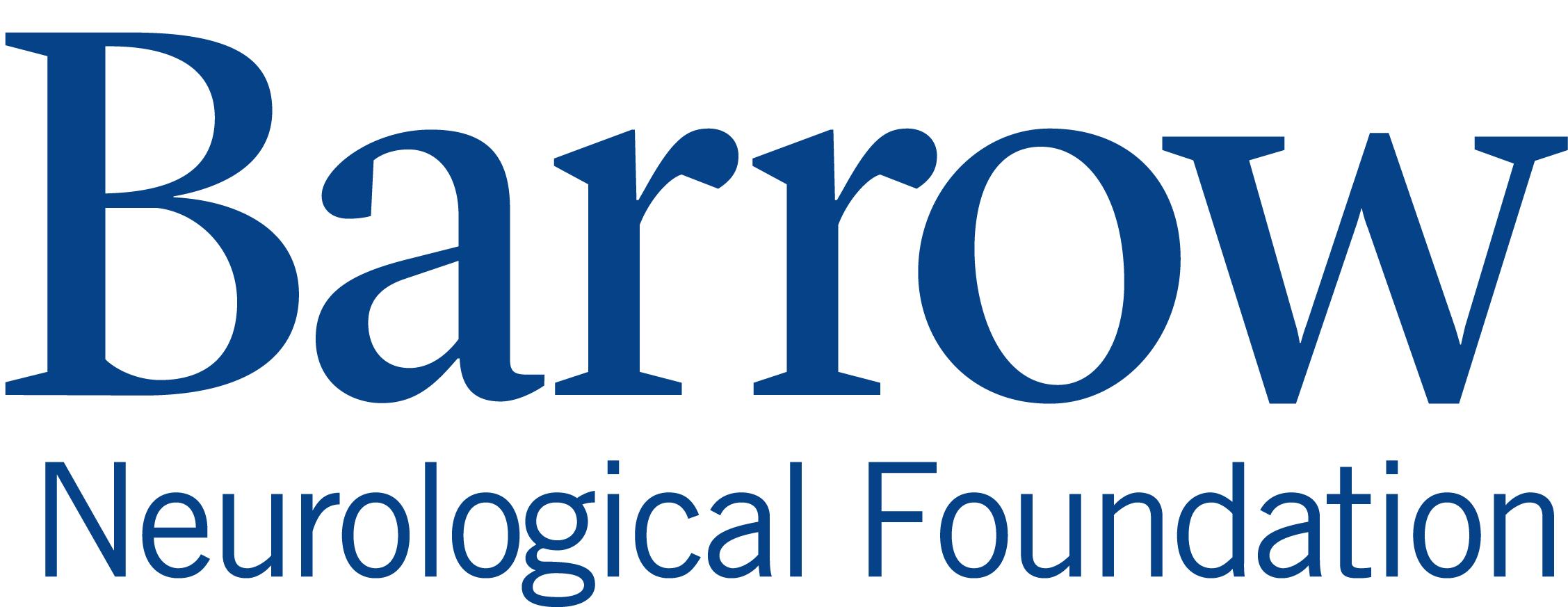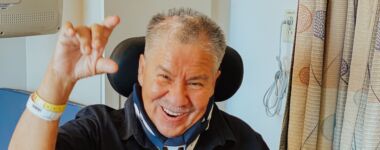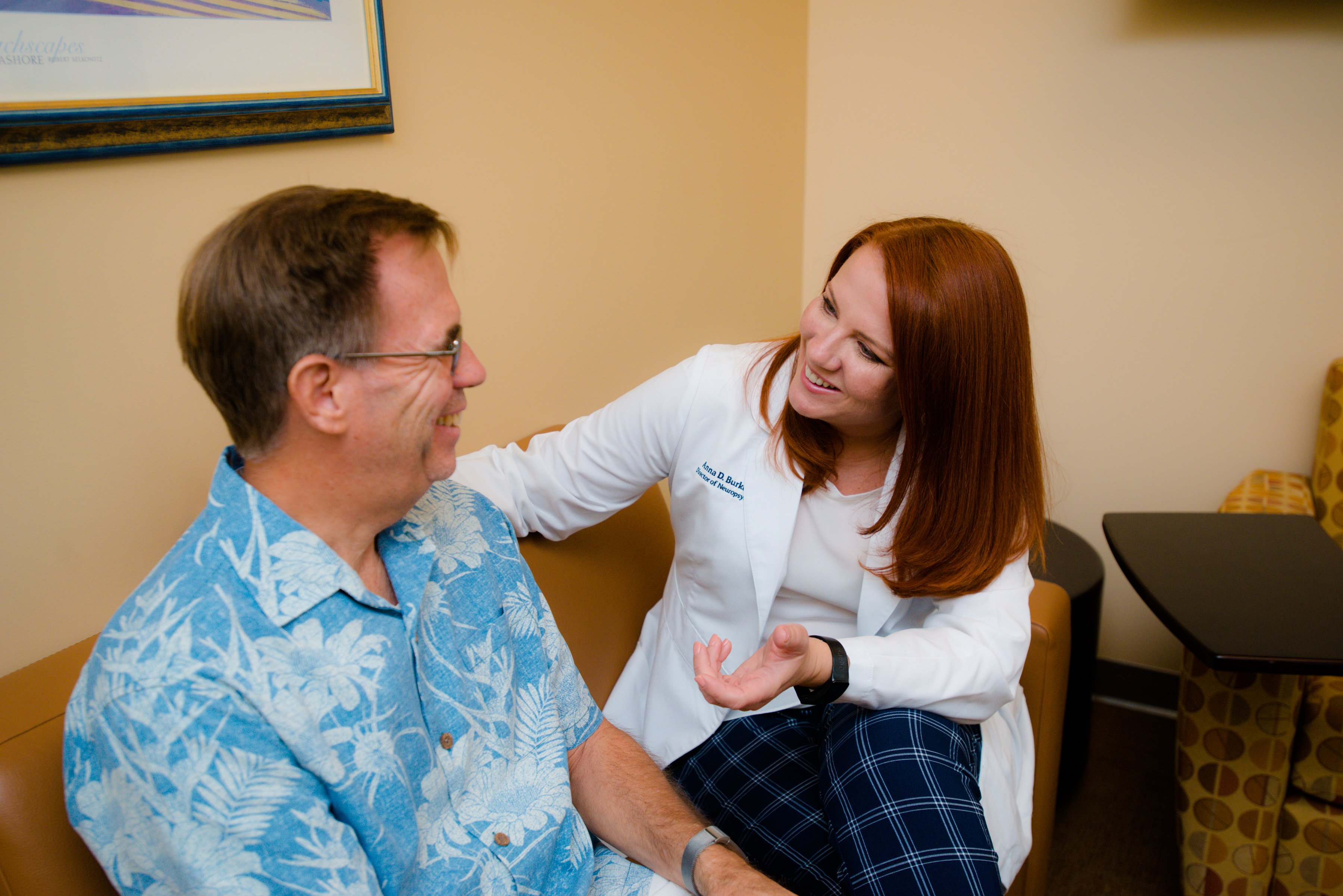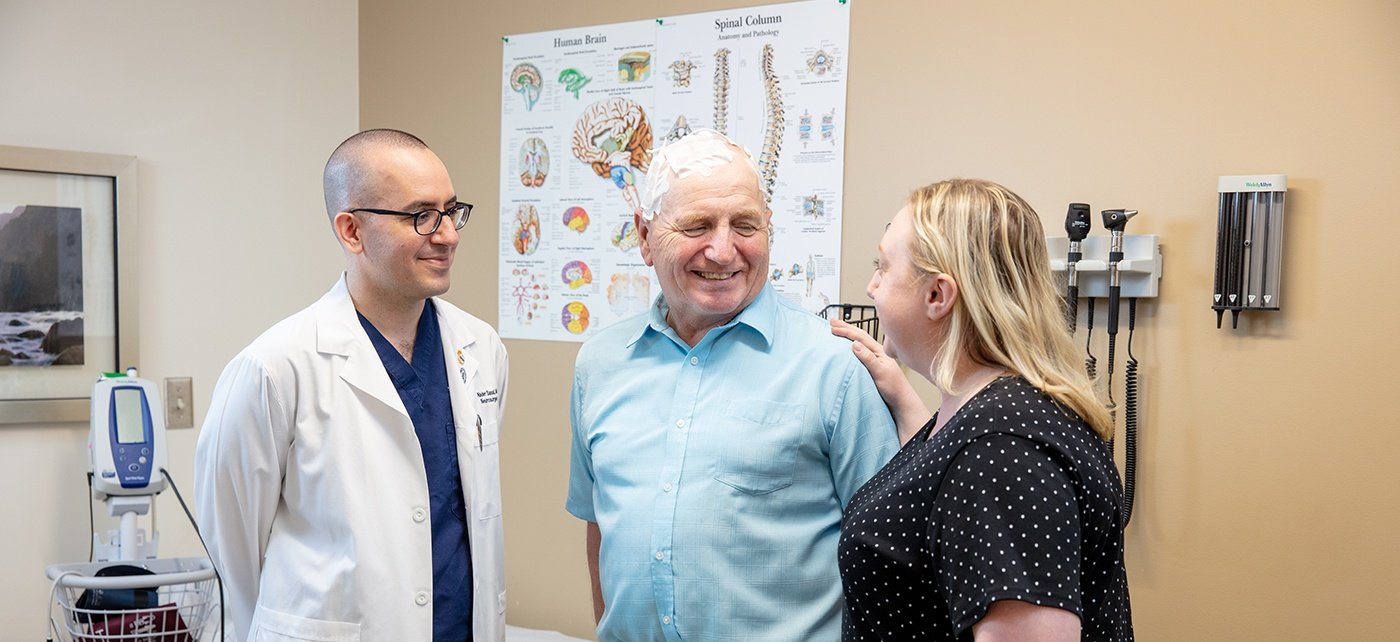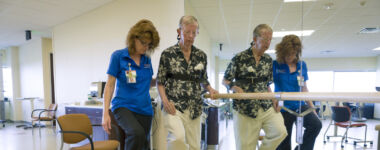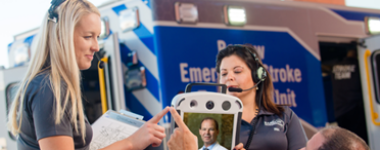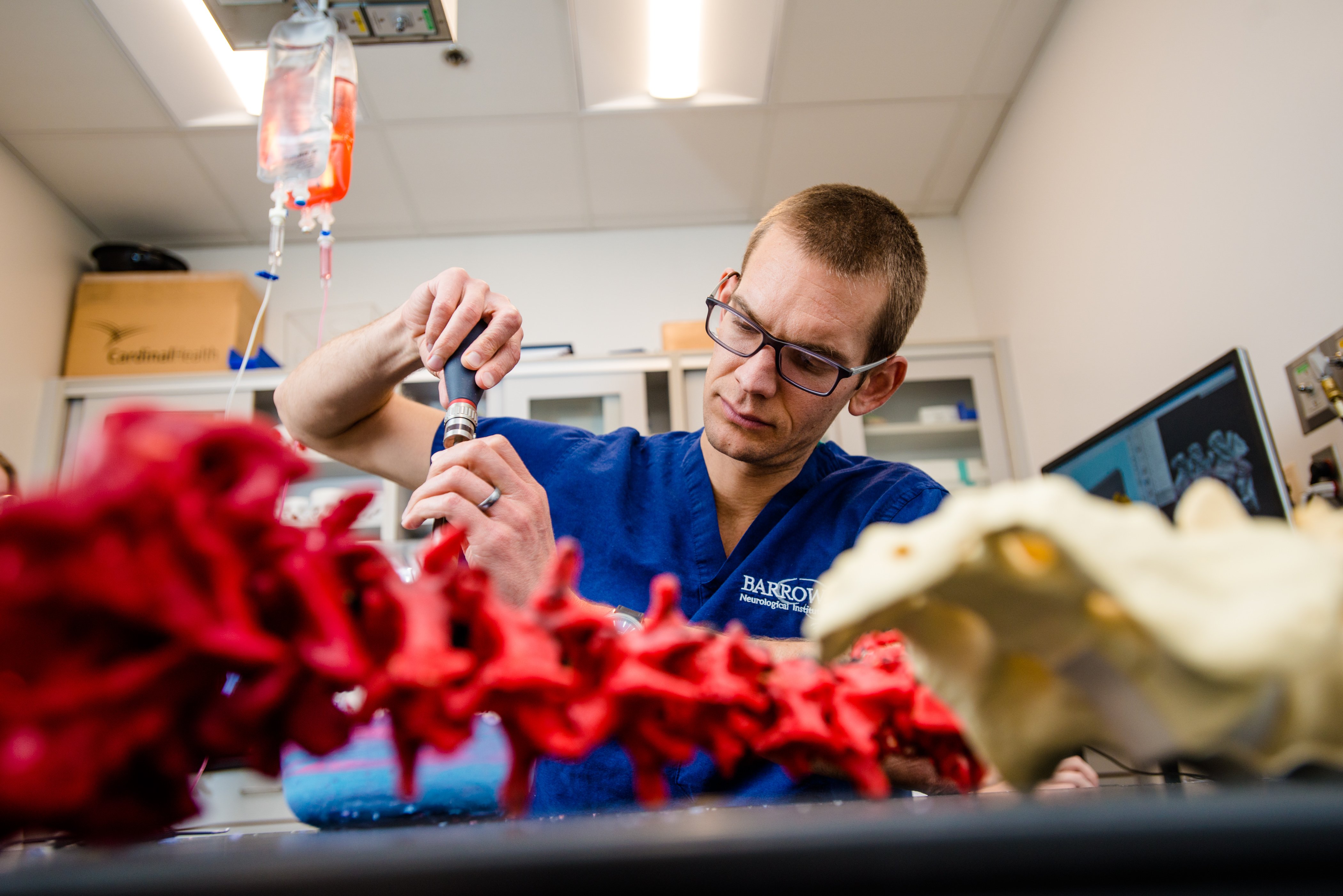
Neuro-Rehabilitation and Neuro-Robotics
Help patients who have suffered neurological injuries overcome life-changing obstacles and achieve maximum independence.
Donate to Neuro-Rehabilitation Treatment and Research
Recovering from a major injury, such as a broken leg, can take months, but recovering from a brain or spinal cord injury or disorder can take years. In some cases, the recovery takes a lifetime. Barrow Neurological Institute’s neuro-rehabilitation programs help patients with this process so that they can find their path toward a healthy and productive future.
Did you know?
Neuro-Rehabilitation Programs at Barrow Are All Encompassing of Patients’ Needs, and Include:
Acute Inpatient Neurorehabilitation
To help patients achieve maximum outcomes, neuro-rehabilitation at Barrow starts from the moment they enter the Neuro-ICU.
Inpatient Rehabilitation
Barrow admits approximately 700 patients to its inpatient neuro-rehabilitation unit each year. Patients meet with a multidisciplinary team that includes physical and occupational therapists, speech-language pathologists, and neuropsychologists. They also have access to a wide range of rehabilitation technology.
Center for Transitional Neurorehabilitation (CTN)
The CTN emphasizes rebuilding independence in the home and community and includes a Home Independence Program, Work Re-Entry Program, School Re-Entry Program, and Transitional Program.
Outpatient Rehabilitation
Barrow conducts more than 31,800 outpatient rehabilitation sessions each year. The outpatient center includes its own gym, an aquatic center, and the same technologies available in the inpatient unit to create a continuity of care.

Leading Center for Neuro-Rehabilitation and Neuro-Robotics
The leading doctors and clinicians in these programs help patients return to their highest level of function and independence as quickly as possible so they can lead fulfilling lives.
See what we achieved in research and patient care last year by downloading the FY23 Neuro-Rehabilitation Stewardship Report below.

Donations to Neuro-Rehabilitation Research Change Patients’ Lives
In addition to more traditional therapies, Barrow is leading the way in robotic therapy. Customized robotic therapy can support patients as they learn to walk or help them relearn how to use an arm or hand, by providing resistance or completing the motion.
Barrow doctors and therapists are at the forefront of researching the capabilities of robots. Their goal is to create a database to collect information and compare a patient’s needs with what has worked for others.
Watch Jovana Calzadillas, a victim of the Las Vegas mass shooting in fall 2017, walk with the assistance of the exoskeleton and the Barrow rehab team.
Neuro-Rehabilitation Helps Patients Return to Living Independently
Since its opening in 1986, CTN has played a vital part in the neuro-rehabilitation program. Participants come to CTN for four to five days a week and remain in the program from six to 18 months. It is a holistic approach to recovery that includes cognitive, emotional, interpersonal, spiritual, physical, language and functional aspects. The goal of CTN is to help patients return to independence and productive work or schooling. CTN is truly impactful and valuable for so many patients, and the sense of joy and accomplishment they feel when they reach the CTN graduation milestone is heartwarming and contagious.
Helping a patient through neuro-rehab is a team effort. Neurosurgeons, physical and rehabilitation specialists, neurologists, psychiatrists and neuropsychologists all play a role in the continuum of care. Different types of therapists, including speech and language therapists, physical therapists, occupational therapists and recreational therapists are involved.

